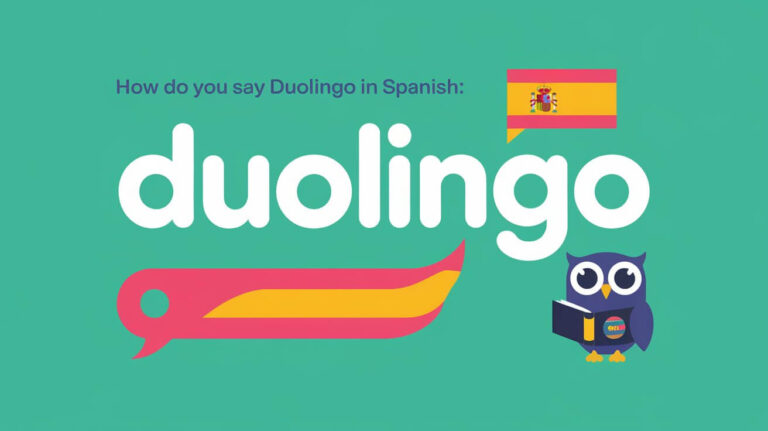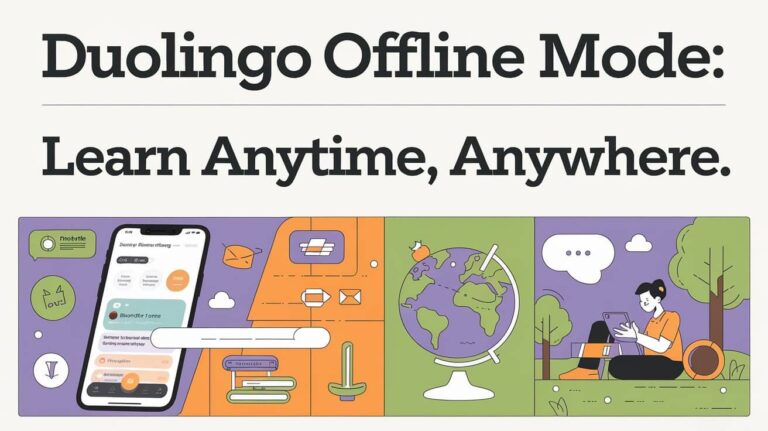Duolingo, the popular language learning app, features a unique system of leagues that adds a competitive edge to the learning experience. There are 10 leagues in Duolingo, ranging from Bronze to Diamond, each offering different challenges and rewards. This guide explores every league, how to advance, and tips for success.
Introduction to Duolingo Leagues
Duolingo leagues spice up language learning with friendly competition. They’re weekly contests where users earn XP (experience points) to climb the ranks. Each league has 30 random users competing for top spots.
The Purpose of Duolingo Leagues
These leagues aim to motivate users to practice consistently. By pitting learners against each other, Duolingo taps into our competitive nature, encouraging daily engagement with the app.
How Duolingo Leagues Work
When you complete your first lesson of the week, you’re placed in a league. Your goal? Earn more XP than others to move up. The leagues reset every Monday at midnight GMT, giving everyone a fresh start each week.
The 10 Duolingo Leagues Explained
Bronze League
The Bronze League is where every Duolingo user begins their competitive journey. It’s the most diverse, with a mix of new users and those returning after a break. To advance from Bronze, you need to finish in the top 20 out of 30 participants.
Silver League
Silver League participants have proven their dedication to learning. The competition gets a bit tougher here, with only the top 15 moving up to Gold. Users in Silver often start developing strategies to earn more XP efficiently.
Gold League
Reaching the Gold League is a significant milestone. The top 10 performers in Gold advance to Sapphire. At this level, you’ll notice more users completing multiple lessons daily to stay competitive.
Sapphire League
Sapphire marks the beginning of the gem-themed leagues. From here on, only the top 7 users advance. The competition intensifies, with many learners using XP boosts and timed challenges to gain an edge.
Ruby League
The Ruby League shines with dedicated language enthusiasts. Users here often have long streaks and are skilled at maximizing their XP gains. Advancing from Ruby requires consistent daily practice.
Emerald League
In the Emerald League, you’ll find some of Duolingo’s most committed learners. Many users at this level complete multiple lessons across different languages to stay competitive.
Amethyst League
The Amethyst League is where casual users start to thin out. Participants here often use strategies like completing stories or participating in friend quests to boost their XP.
Pearl League
Pearl League members are among the top 1% of Duolingo users. The competition is fierce, with many learners spending hours each day on the app to maintain their position.
Obsidian League
The Obsidian League is the second-highest tier. Only the top 5 users advance from here to the coveted Diamond League. Obsidian participants often use every XP-earning method available to stay ahead.
Diamond League
The Diamond League is the pinnacle of Duolingo competition. There’s no higher league to advance to, but the top 10 performers each week qualify for the Diamond Tournament.
Advancing Through Duolingo Leagues
Promotion and Demotion Rules
Each league has specific promotion rules:
- Bronze to Gold: Top 20, 15, and 10 advance respectively
- Sapphire to Pearl: Top 7 advance
- Obsidian: Top 5 advance
- Diamond: No promotions, but top 10 enter the tournament
Demotion occurs if you finish in the bottom 5 of any league (except Bronze).
XP Requirements for Each League
XP requirements vary widely depending on the competitiveness of your group. However, as a general guide:
- Bronze to Gold: 1000-2000 XP per week
- Sapphire to Emerald: 2000-3000 XP per week
- Amethyst to Diamond: 3000-5000+ XP per week
Remember, these are rough estimates. Some Diamond League groups might require 10,000+ XP to stay competitive!
The Diamond Tournament
Qualifying for the Diamond Tournament
The top 10 finishers in the Diamond League each week qualify for the tournament. This exclusive competition pits Duolingo’s most dedicated users against each other.
Stages of the Diamond Tournament
The tournament has three stages:
- Quarterfinals
- Semifinals
- Finals
Each stage lasts a week, with the top performers advancing. The ultimate winner earns a special badge and bragging rights as Duolingo’s top competitor.
Strategies for Success in Duolingo Leagues
Effective XP Earning Methods
To climb the leagues, try these XP-boosting techniques:
- Complete timed challenges
- Use XP boosts strategically
- Participate in friend quests
- Do lessons during happy hour (2x XP)
- Complete stories (they offer more XP than regular lessons)
Time Management Tips
Balancing Duolingo leagues with daily life can be challenging. Set a daily XP goal and stick to it. Use downtime like commutes or lunch breaks for quick lessons. Remember, consistency often beats sporadic large XP gains.
Pros and Cons of Duolingo Leagues
Benefits of Participating in Leagues
Duolingo leagues offer several advantages:
- Increased motivation to practice daily
- A sense of accomplishment as you advance
- Friendly competition with other learners
- Faster language acquisition due to consistent practice
Potential Drawbacks to Consider
However, leagues aren’t without drawbacks:
- Can lead to focusing on XP rather than learning
- May cause stress or burnout for some users
- Might encourage rushing through lessons
- Can be discouraging if you’re in a highly competitive group
Frequently Asked Questions About Duolingo Leagues
Can I choose my league?
No, Duolingo automatically assigns you to a league based on your activity.
How often do leagues reset?
Leagues reset every Monday at midnight GMT.
Can I opt out of leagues?
Yes, you can make your profile private to avoid league participation.
Do all languages contribute to my league XP?
Yes, XP from all languages you’re learning counts towards your league total.
Are there rewards for winning leagues?
Yes, you earn lingots (Duolingo’s virtual currency) for top 3 finishes.







